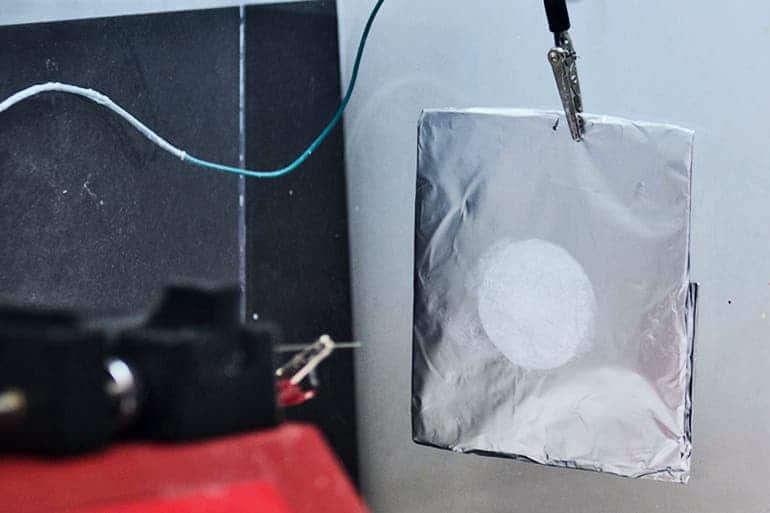Researchers from the US have developed a method that allows them to keep proteins ‘alive’ outside of cells. The discovery paves the way for advanced materials that have the same functionality as living organisms — for example, mats that scrub air clean of chemical pollution.

Proteins don’t much like living outside of cells. We know this because researchers have been trying to get proteins stable in other environments for years now, but with very limited success. Efforts to combine these proteins with synthetic materials and still keep them functional for any length of time met a similar fate.
A new paper, however, details a method that can be used to keep these proteins active in synthetic environments, finally allowing researchers to cash in on their activity on demand.
Problems
Proteins are the heavy lifters of biochemistry. Quite literally — its constricting proteins that make your muscles, and by extension, you, move. But take them outside of the cozy place we call ‘the body’ and they fall apart quite easily. Even if they somehow survive, it doesn’t mean they will actually be doing anything. One of their most significant limitations is that proteins need to be folded just right for them to work; often, this means other proteins have to come in and do the folding.
In order to work around that problem, the team analyzed protein sequences, folding patterns, and various surfaces to see if they could develop a polymer that would cater to the proteins’ needs — to keep their structures unaltered, and thus maintain function.
“Proteins have very well-defined statistical pattern, so if you can mimic that pattern, then you can marry the synthetic and natural systems, which allows us to make these materials,” says first author Brian Panganiban.
The next step was to create random heteropolymers, or RHPs. Thpotentey’re basically the same things as a polymer (plastics), but instead of using a single type of ‘brick’ (molecules known as monomers), they use two or more different, but similar monomers. The RHPs the team developed used four types or monomers, with each being tailored to chemically interact with spots of interest along the proteins. The monomers were connected in such a way as to mimic the structure of natural proteins to help these interactions flow smoothly.
Researchers at Northwestern University simulated the molecule and its interaction with proteins of interest and determined that the material led to correct protein folding and would maintain protein stability outside living cells.
Filter me this
So far so good, but the team wanted to go beyond simulations and test their results in real life. They decided to use the RHPs and proteins to construct bioremediation filters. The protein they chose for the job was organophosphorus hydrolase (OPH), which degrades toxic organic-phosphate compounds, such as those found in insecticides or chemical warfare agents.
They spun the RHP/OPH into fiber mats and submersed them in insecticide. The mats degraded an amount of insecticide weighing approximately one-tenth of the mat’s weight in just a few minutes. The team says the mats are easily scalable and can be customized with different proteins meaning their technology could be used for a wide range of applications. In fact, at least part of the funding for this research came from the US Department of Defense — the mats can be used to soak up chemical weapons in war zones, to scrub contaminated areas, even as on-demand, handheld filters.
“We think we’ve cracked the code for interfacing natural and synthetic systems,” says co-author Ting Xu, a professor at the University of California, Berkeley.
Despite the interest shown by military planners, the mats show great potential in the bioremediation of areas polluted with chemical contamination events. Because RHPs can be customized with a wide range of proteins — which means a wide range of substances they can interact with, and several ways to do so — Xu’s team believes their work could form the basis for portable chemistry labs of the future, a fast response team for potential environmental contamination events.
The paper “Random heteropolymers preserve protein function in foreign environments” has been published in the journal Science.


